World Artists and their Story, 41 - Robin Lutz
World Artists and their Story, 41 – Robin Lutz
Robin Lutz makes documentaries about important figures in cultural life. Documentaries appeared about Spinoza, Johan Bartold Jongkind, Hendrik Willem Mesdag and Escher, the graphic artist, who felt more like a mathematician than an artist. A number of Lutz’ documentaries entered the cinema circuit, including ‘M.C. Escher, Journey to infinity’. This film, recently awarded in Montreal, Canada, is now also going abroad.
I speak to Robin Lutz in his workspace at Amsterdam’s Veerkade in The Hague. Lutz: “The Escher film has already been sold to various countries, including Germany, Italy and Japan. Negotiations are ongoing for release in the USA. The film will be shown during the European film days in Japan in the summer of 2019.” The voice-over is spoken by Stephan Fry, the English comedian, actor and writer. Lutz shows me a fragment. Wonderful as Fry provides every sentence with intonations and exclamations.
Escher
The film is also special because Escher is speaking (via a voice-over). Robin Lutz and his film partner Marijnke de Jong, who focused on art-historical aspects, got Eschers personal experiences from his letters that they uncovered in various archives and museums. Lutz really got to know Escher during the making of the film. “I got him out of the shadow – with Marijnke de Jong. He was a man who was able to marvel at an old age. He had an openness to life that he saw full of wonder. For instance he always walked around with a magnifying glass, which he then used to study the small world such as a blade of grass.”
The collaboration with Marijnke de Jong went very well. “We were almost complementary. I approach the matter visually, and I am quite impulsive. She places all information in a historical and artistic context. You get a reply, while we squabbled we came to a higher level.” The collaboration also went well with the editor, Moek de Groot. “An editor can make and break a movie. De Groot was fantastic. We were on the same wavelength. ‘Give me half a day’, he sometimes said. The result was even better than I had imagined.” No fewer than 18,000 people saw the film in the cinema, much for a documentary.
A few weeks ago, the Escher film was shown at a film festival in Greece. Lutz was invited. “After the performance there was a Q and A, a question and answer session. That is more emotional over there than in the Netherlands. After the Q and A a mother and daughter came to me. ‘I already knew’, she said, ‘but after seeing the film, I know for sure: my daughter is going to art school’.”
Spinoza It went very differently with his Spinoza film, which also went to the cinemas. That film was also well-attended, among others by students who went to watch in groups. “I was surrounded by professors during the making. I received a (mini) lecture of four months. Then you automatically become an expert. Spinoza is, by what he then thought, relevant to our time. It’s about trying to listen to each other and trying to understand each other. At the end of the film, the conclusion is that understanding and knowledge open the way to happiness. It was very special to make this film, especially since Spinoza’s thinking is still relevant today. ”
Jongkind
Robin Lutz’s workspace is in a special location. The painter Johan Barthold Jongkind lived here more than 150 years ago. The original house has been demolished and replaced by a modern residential complex, with theater and film house designed by Herman Hertzberger. Lutz also made a film about Jongkind.
“He was an important painter. There is a Jongkindroom in the Louvre in Paris. His studio from the past was demolished. That was in the 1970s when city planners wanted to provide the city with fast motorways. If they could have gone their way, not only Jongkind’s house but also the somewhat further situated Spinoza house and the Holy Ghost Court (Heilige Geest Hofje) had been demolished. Fortunately, the resistance against it worked out well.”
Art family
Robin Lutz is from an art family. The Lutz brothers (Ton, Pieter, Lucas, Luc) were famous actors. His father was a landscape graphic artist. “He had done the Royal Academy and then taught graphics at the Free Academy. In the 1950s, he received major commissions from Philips, and the family had to live in a hotel in Nuenen for five months, precisely when ‘Lust for Life’ was recorded with Kirk Douglas in Nuenen. Everything there was already dominated by Vincent van Gogh.
I took my first steps in the film business as an assistant director for advertising films and short feature films. In the end I did not continue with advertising and feature films, but opted for documentaries about real people and their stories; preferably in a cultural context. For example, I made portraits of Rembrandt, Marten Toonder, Jongkind, Escher and Spinoza, but also made documentaries of major periods in history such as the Battle of The Hague, May days 1940.
Rembrandt
He shot the Rembrandt film in Rembrandt’s own house, the Rembrandt House on Jodenbreestraat in Amsterdam. “30 years of research has been done into what that house looked like in Rembrandt’s time. And then it was built back to that time. I have recorded this. How do you build your house back to the 17th century?” In the film about the Battle of The Hague, he focused on a ‘ forgotten period’ in the beginning of the Second World War. “The Germans invaded the Netherlands on 10 May 1940. They tried to get hold of Ypenburg airport, but that didn’t work. They lost 200 planes at Ypenburg. That was a blow to Germany and sidelined the idea of conquering England. In that film I got all sorts of people involved in front of my camera: a tank commander, an aviator. They were people of 80 years old. For the film’s premiere, I ordered an armored car from the war museum. A target of the German shooters were the door cracks of the cabin of the tank. That way the people in that tank could see with their own eyes what it looked like and how it must have felt when glowing bullet splinters flew through the tank. ”
Tokyo
Does Robin Lutz have a key work, a directional work that stands out? “My key work is always the last film. So now ‘M.C. Escher, Journey to infinity’. New things and different points of view appear in this film. The film has been awarded in the Netherlands and Canada. Now the first steps are being taken abroad. It has already been sold to Germany and Austria. In June the film went to the Tokyo Film Festival. There it was shown eight times. I have been there, also for two Q and A’s together with my film partner Marijnke. The Japanese proved to be crazy about Escher.”
Special profession
Finally: what will be the future of the film and in particular Lutz’s films? “The technical developments are going extremely fast. Filming with your phone is an extraordinary new development, especially if you know what you are doing. It used to be unthinkable, but now for 1000 euros you have a telephone, a camera and a film device with internal finishing options. You can film in situations where you could not film in the past. Under a moving train you can hang a ‘gopro camera’, which captures the flashing railway sleepers and at the same time you can use a drone that flies above the train. All fantastic technical resources that are added, comparable with the electric guitar that came alongside the Spanish guitar. But in the end it’s all about telling a story well. That is a profession that you learn slowly. ”
Images
1)macro shots, 2) Spinoza film: Vincent Icke in Hofwijck, 3) Spinoza film, poster, 4) Spinoza medal received, 5) Escher film poster, 6) Escher prints in atelier Baarn, 7) Robin Lutz & Graham Nash, 8) Rows waiting for an exhibition in Milan, 9) tattooing Escher image, 10) shooting outside
http://bit.ly/2Gfeisx
https://robinlutz.nl/nl/
https://www.telegraaf.nl/entertainment/3368554/nederlandse-escher-film-v…
https://ifthenisnow.eu/nl/verhalen/robin-lutz-filmen-gaat-over-het-goed-vertellen-van-een-verhaal
Disclaimer: The views, opinions and positions expressed within this guest article are those of the author Walter van Teeffelen alone and do not represent those of the Marbella Marbella website. The accuracy, completeness and validity of any statements made within this article are not guaranteed. We accept no liability for any errors, omissions or representations. The copyright of this content belongs to Walter van Teeffelen and any liability with regards to infringement of intellectual property rights remains with the author.

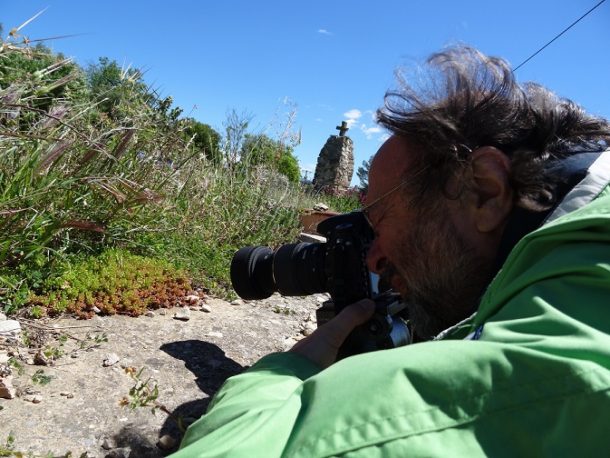
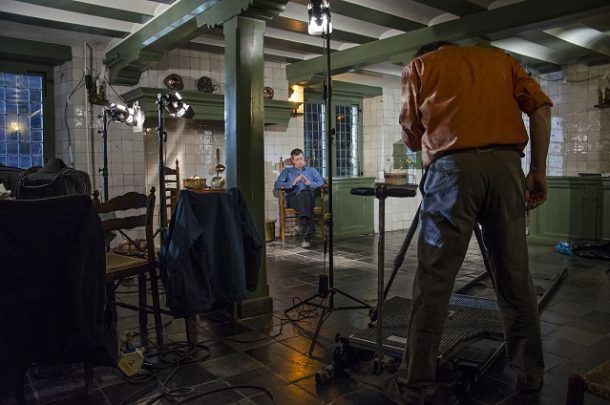
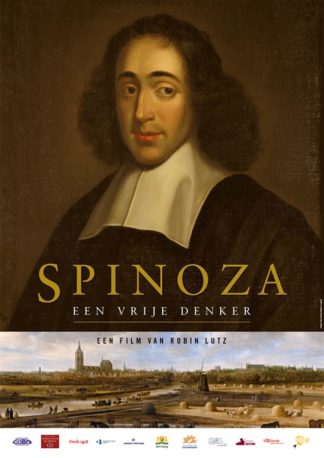

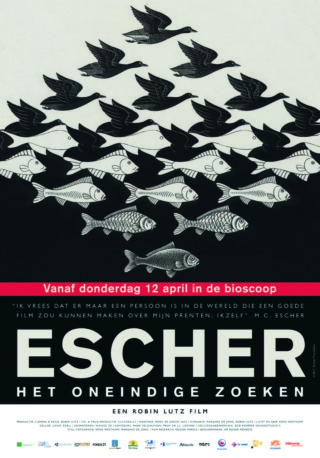
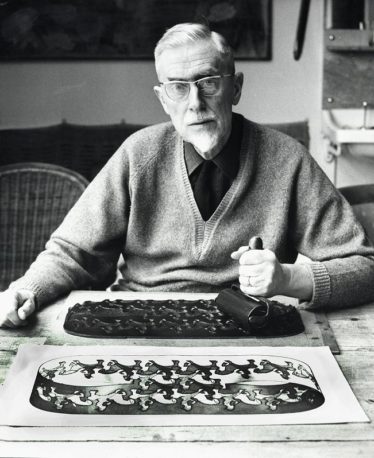
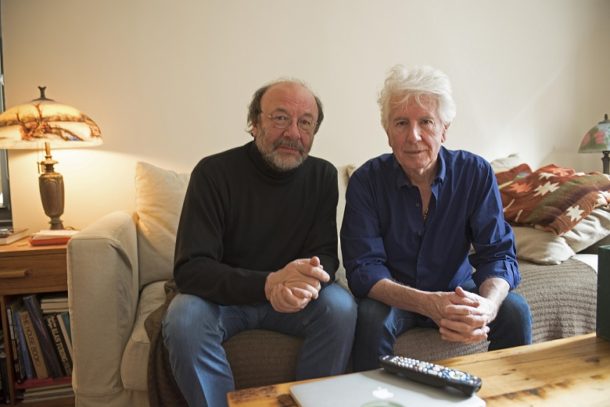
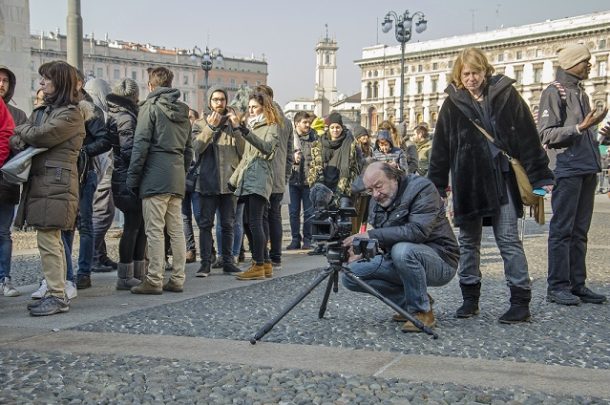
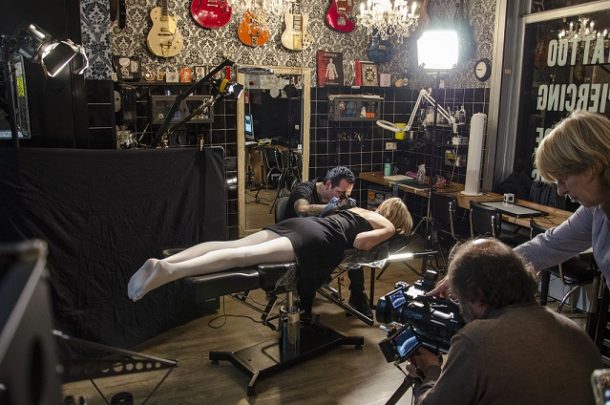
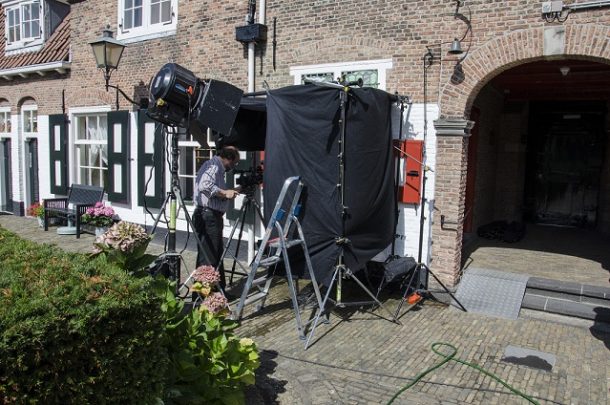














The opinions expressed by individual commentators and contributors do not necessarily constitute this website's position on the particular topic.